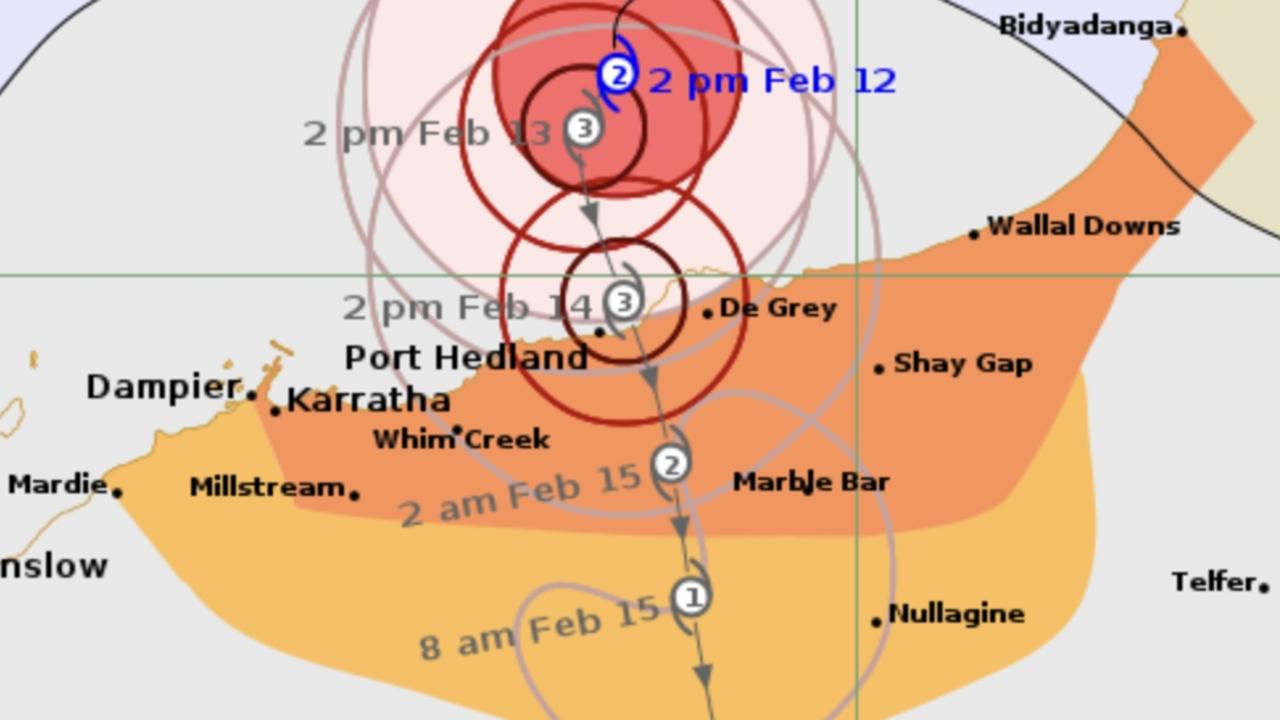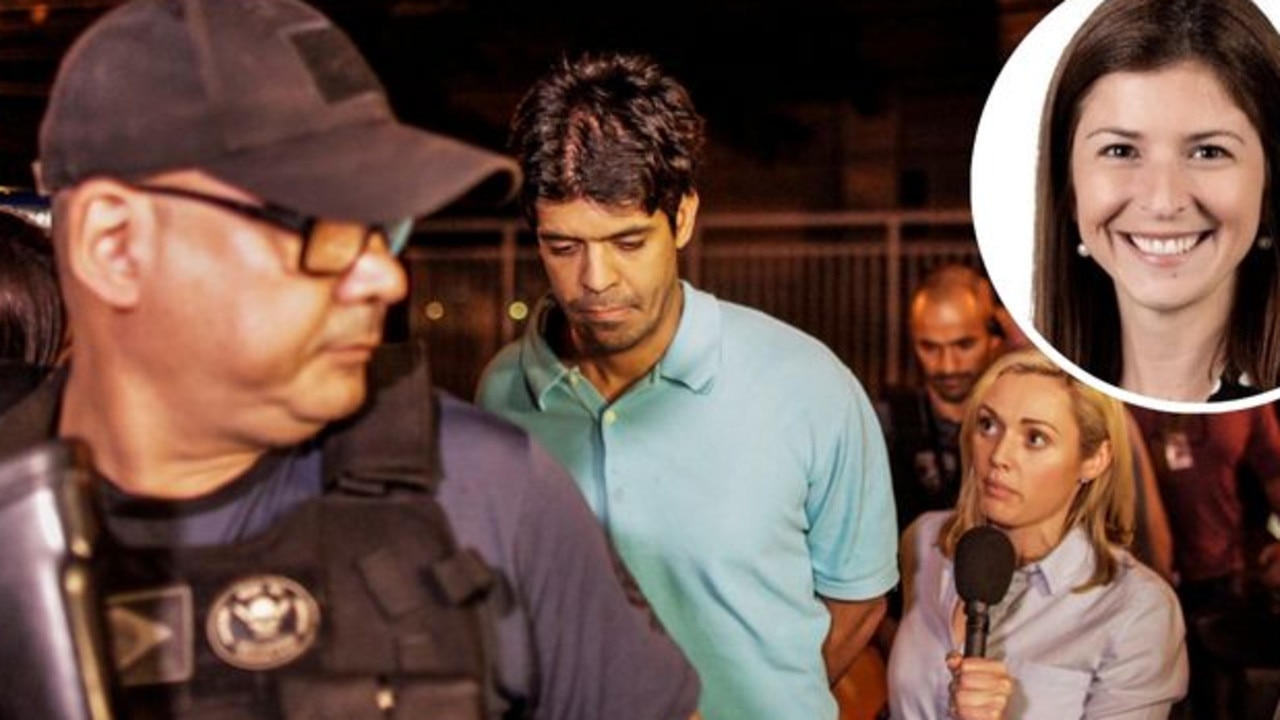Fire safety experts fear Grenfell Tower tragedy could happen in Australia
THE high-rise industry is as lawless as the ‘wild west’ due to ‘rubbish’ oversight, say fire safety experts who fear a Grenfell Tower-type tragedy here
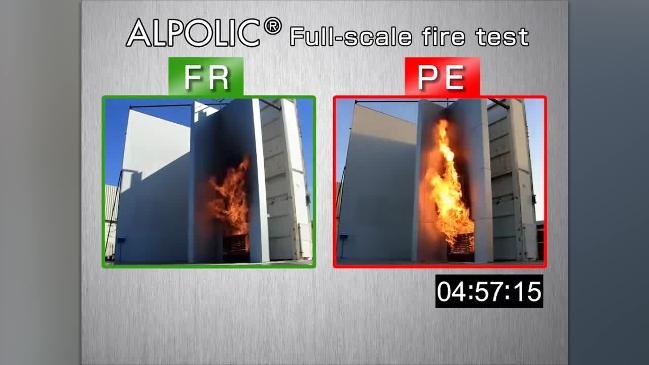
National
Don't miss out on the headlines from National. Followed categories will be added to My News.
THE high-rise industry is as lawless as the “wild west” due to “rubbish” oversight, say fire safety experts who fear a Grenfell Tower-type tragedy here.
While Australia has tough regulations, greedy developers have been getting away with substituting cheaper but potentially deadly cladding in thousands of big buildings.
They choose who does the checks — qualifications aren’t necessary — and there has been no punishment for putting lives at risk.
“Anybody can do anything,” said Fire Protection Association of Australia (FPAA) chief executive Scott Williams.
“There is a lack of rigour, knowledge and understanding. When you have on top of that unscrupulous behaviour by individuals, the whole thing just falls over.”
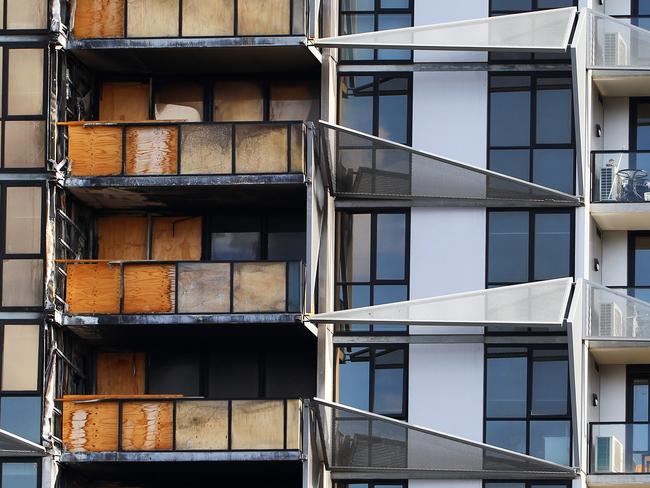
The Australian Fire Authorities Council said those responsible must be held to account.
“A number of fire chiefs have not survived major inquiries or commissions into significant fire events,” said AFAC chief executive Stuart Ellis.
“When is the same accountability going to be placed on developers, architects, builders, building surveyors, fire engineers and others involved?”
The FPAA’s Mr Williams said level of oversight was “rubbish”.
As a result, panels with a combustible polyethylene (PE) core have been used to cover “thousands” of high-rises across Australia, said John Thorpe, director of CertMark International, which certifies cladding.
The Grenfell Tower was wrapped in PE panels when fire-retardant (FR) panels — filled mainly with a non-combustible mineral material — were supposed to have been used instead.
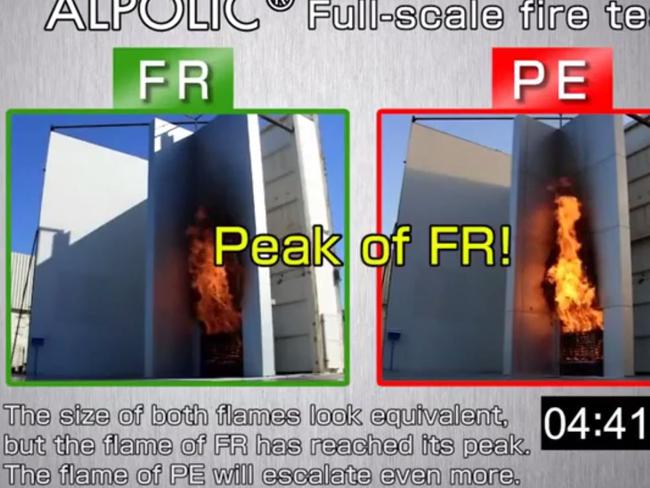
PE cladding “shouldn’t go anywhere near commercial buildings and particularly structures that have people in them,” CertMark’s Mr Thorpe said.
“It’s just suicide to put that product there.”
The scale of the PE cladding problem was clear in Australia well before the Grenfell Tower disaster, in which at least 79 Londoners died.
Politicians and authorities responsible for building regulation were put on alert in 2014 after polyethylene-filled panels spread a fire through Melbourne’s Lacrosse apartment complex.
The incident led to an audit by Victorian authorities which found “non-compliant use of external wall cladding material” in 51 per cent of 171 CBD buildings.
Given Australia has what Mr Thorpe described as “probably the toughest regulations in the world”, the audit result was considered staggering.
Asked what the explanation was, he said: “People knowingly use that product because it’s cheaper.”
After the Lacrosse fire, federal, state, territory and local politicians asked the Australian Building Codes Board to come up with a fix.
The ABCB considered recommending mandatory certification of all cladding.
It estimated the cost of such testing at $216 million.
Not only was that price considered to be high, mandatory certification wouldn’t prevent substitution. It would only stop rogue manufacturers from selling dodgy products.
So the ABCB instead recommended a cost-free option which included more education on how to choose cladding and greater enforcement by states and territories.
That recommendation was only adopted in April.
CertMark’s Mr Thorpe said he wasn’t aware of anyone ever being penalised for wrongly installing PE cladding.
That had to change.
“It is the wild west out there,” Mr Thorpe said.
ABCB general manager Neil Savery said it was doing what it could to make sure “practitioners know what is required to do the right thing.
“If they choose not to do the right thing it’s over to the states and territories to undertake their role in compliance and enforcement,” Mr Savery said.
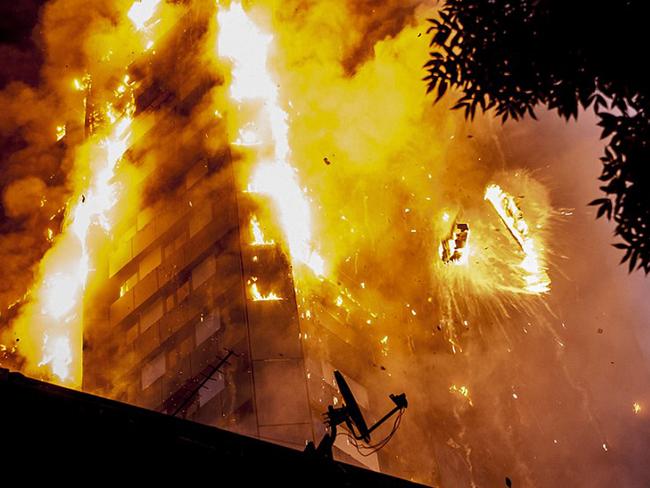
SOCCER FLARES THREATEN CLADDING
THE builder of one of the nation’s most distinctive sports stadiums was urgently working to remove potentially flammable cladding but had yet to do so when soccer hooligans let off flares inside the ground.
News Corp Australia can reveal Grocon began discussing how to get rid of cladding around the scoreboard at Melbourne’s AAMI Park in November 2015.
But records show the “aluminium composite material” was not pulled out until June 2016.
Four months earlier, flares were let off during an A-League local derby between Victory and City.
Nearly 26,000 people were at the game.
It’s understood that extra security guards were stationed near the scoreboard during A-League matches until the cladding was replaced with non-combustible cement panels.
Melbourne & Olympics Park Trust would not confirm this.
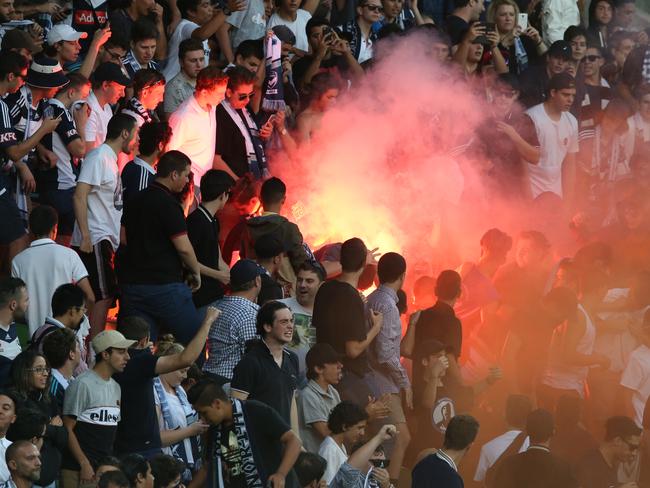
The Victorian Building Authority (VBA) had assessed the stadium as part of an audit triggered by a fire at Docklands’ Lacrosse apartment tower in November 2014.
Investigators found the fire had spread through 14 storeys in 15 minutes after the building’s external cladding ignited.
The 4mm-thick cladding was made of two aluminium sheets with combustible polyethylene in between.
The cladding around the AAMI Park scoreboard was also a sandwich made of two sheets of cladding.
It was 5-6mm wide.
After the VBA audit, Grocon began an investigation.
It brought in the fire engineer who worked on the ground’s construction and another to provide peer review.
The material inside the panels around the scoreboard couldn’t be identified so it was stripped and replaced with compressed cement sheeting.
The exact quantity removed is not known.
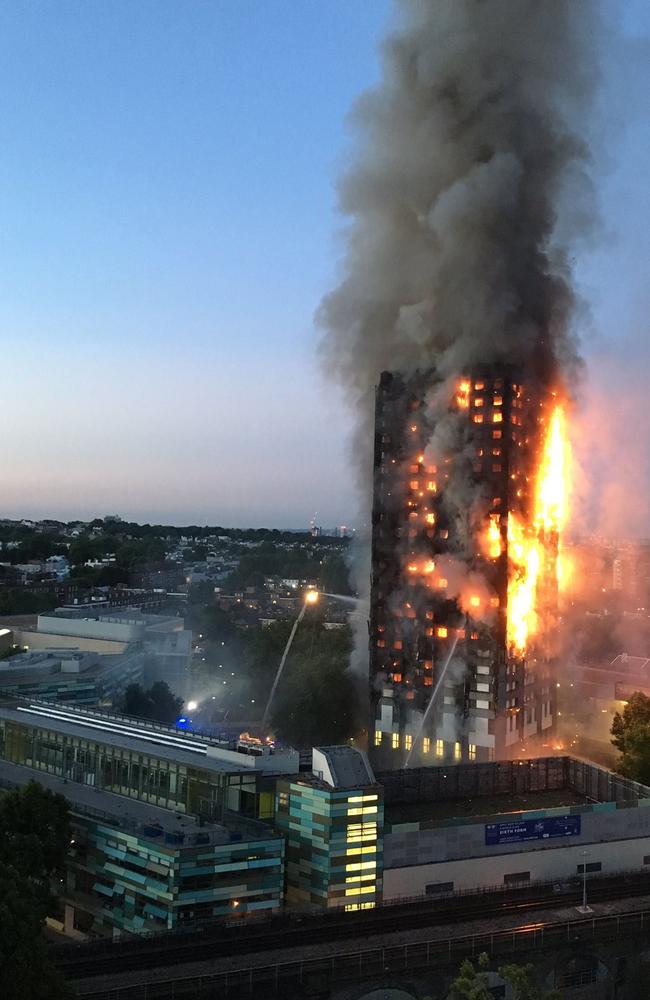
In November last year the VBA told Grocon it was satisfied and deleted any reference to AAMI Park from the public version of its audit register.
All of the stadium’s tenants were informed about the cladding’s removal.
Teams that use the ground also include the NRL’s Melbourne Storm and Super Rugby franchise Melbourne Rebels.
A Melbourne Victory spokesman last night said Melbourne & Olympics Park Trust had issued a media release last year on the fix.
But an MOPT spokeswoman contradicted this, saying it had never issued a media release.
News Corp Australia contacted MOPT before Grocon.
But MOPT, which is controlled by the Victorian Government, provided no information on when it learnt of and removed the suspect cladding.
The rest of AAMI Park’s cladding had been deemed safe in the original VBA audit.
That cladding is made of steel and is 110-120mm thick, Grocon’s spokesman said.
The VBA audit involved 171 buildings in Melbourne’s CBD and found “non-compliant” use of cladding in 51 per cent.

